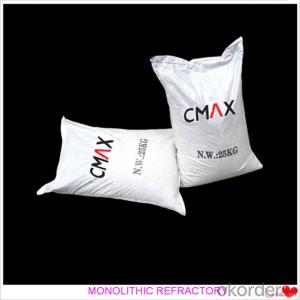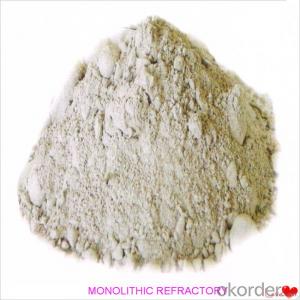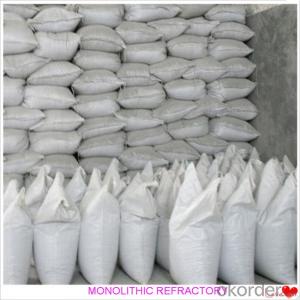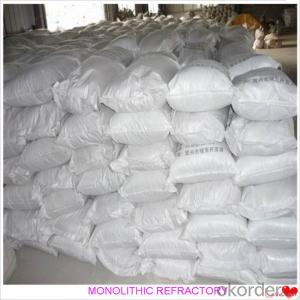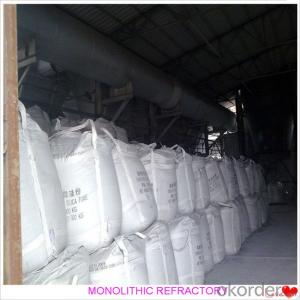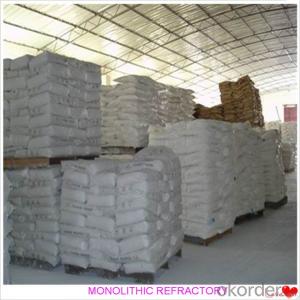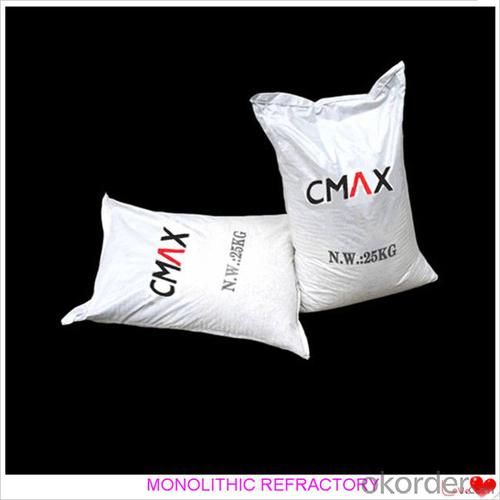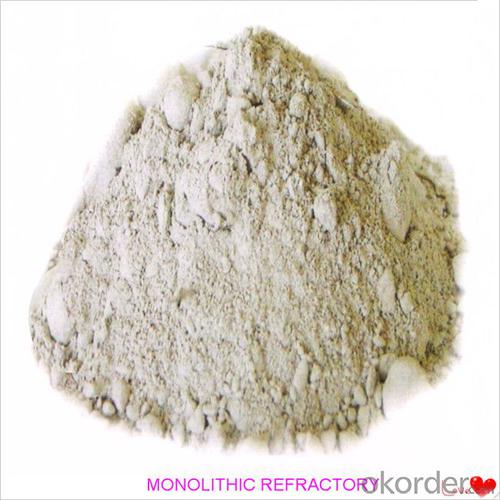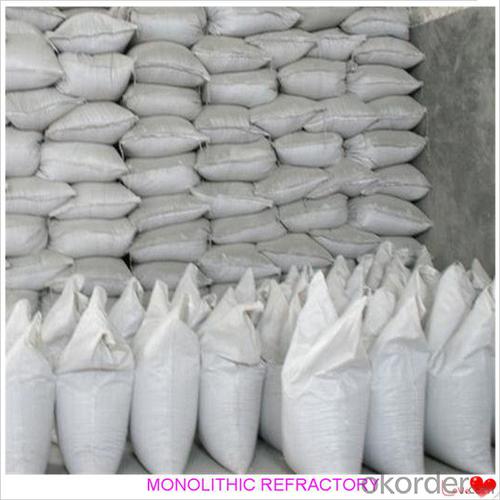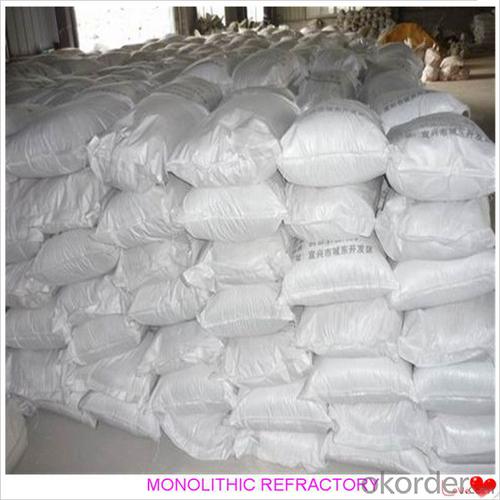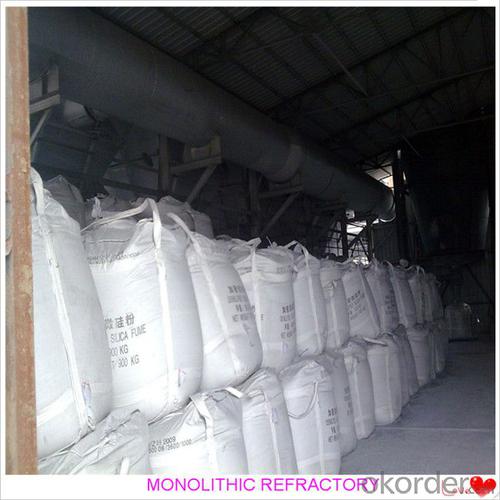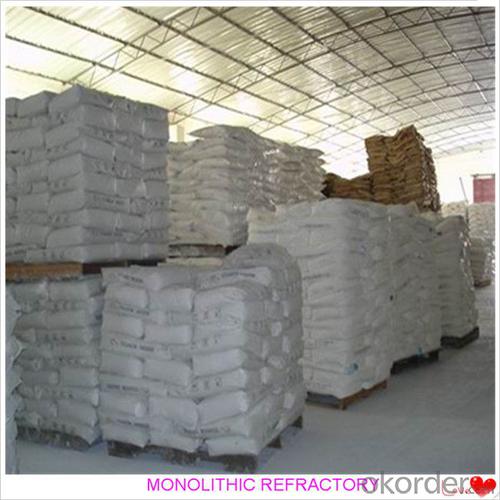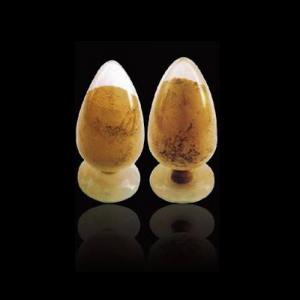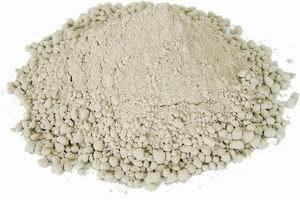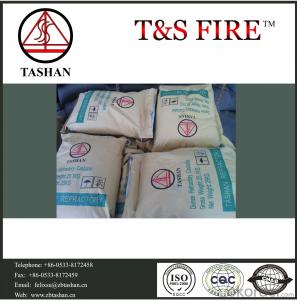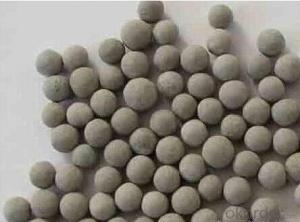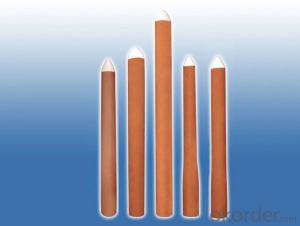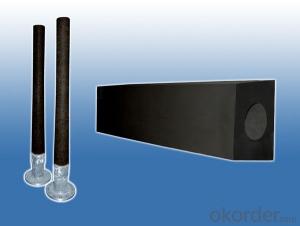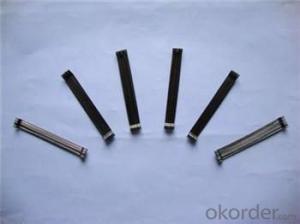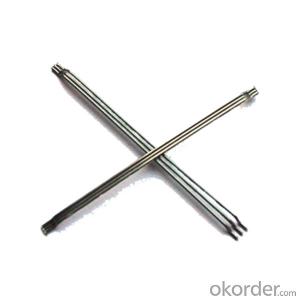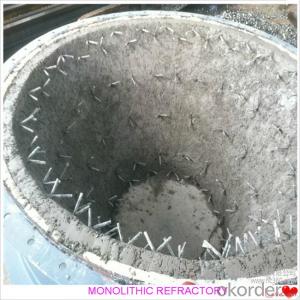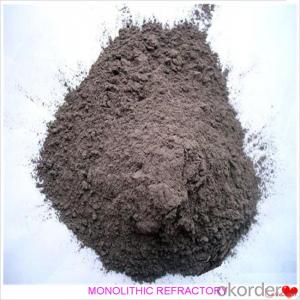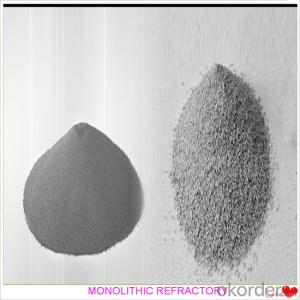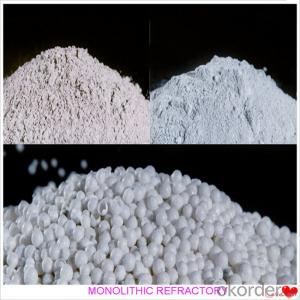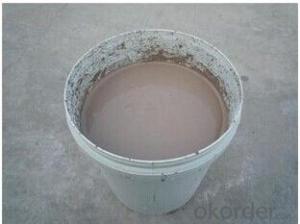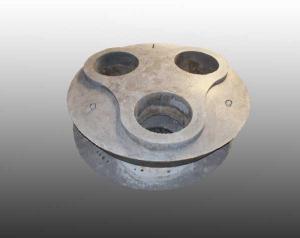Monolithic Refractories for Iron and Steel Industry - Mullite Castable for Fireside and Industrial Furnace
- Loading Port:
- China main port
- Payment Terms:
- TT OR LC
- Min Order Qty:
- 1000 kg
- Supply Capability:
- 3000000 kg/month
OKorder Service Pledge
OKorder Financial Service
You Might Also Like
Mullite Castable For Fireplace and Industrial Furnace in Iron and Steel
Product Description:
Mullite castable is manufactured according to international standards. The product is famous for its excellent abrasion resistance and low thermal conductivity. Further, these can be provided in different specifications as required by the clients. The Mullite castables are used high purity raw materials and additives as the main material, and made of under superfine powder adding technology.
Product Advantages:
The material has excellent structural stability and air tightness, and has high physical and chemical properties, also has a fine working ability.They should be used with the same material products.
Product Applications:
For feature of Mullite castable, they have excellent abrasion resistance, thermal shock resistance, high-temperature resistance, anti-corrode and have high intensity.
Designed for refractory lining of blast furnace iron and slag runners, skimmers and soon
They can be used in troughs of small and mid size BFs and in all positions of the troughs where fast tapping is required.
Product Specifications:
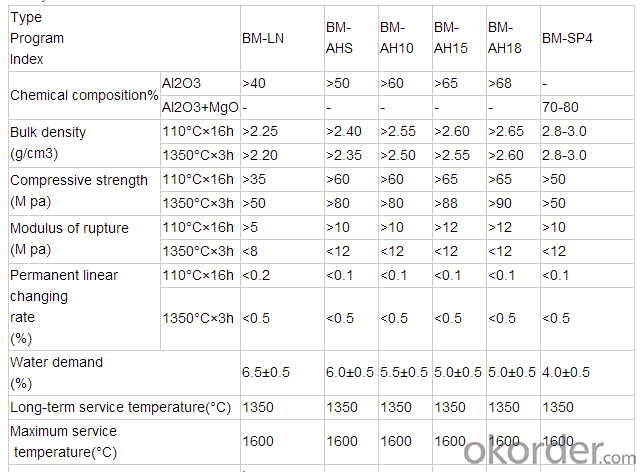
FAQ:
1. How you can control your quality?
For each production processing, we have complete QC system for the chemical composition
and Physical properties. After production, all the goods will be tested, and the quality certificate
will be shipped along with goods.
2. What's your delivery time?
It usually needs about 20days- 45 days after receiving the deposit.
3. Do you provide free samples?
Yes, we can provide a free sample for testing, If we have sample in stock,
The quantity based on the material type, The buyer should bear all the shipping costs.
4. What's your payment terms?
We can accept 30% deposit, 70% balance before shipment for ordrs over $ 2000.
5. Can we visit your Company?
Yes, certainly. You are very welcome to China and we will be honored to have a customer and friend.
Product Picture:
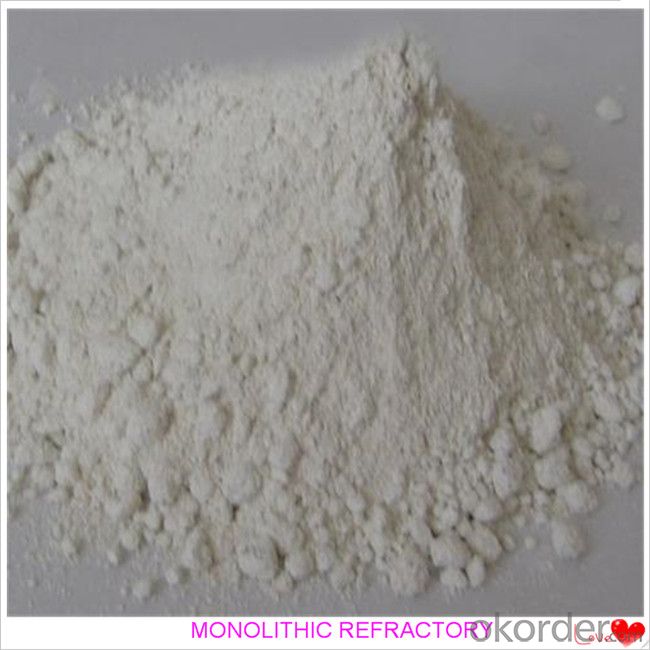
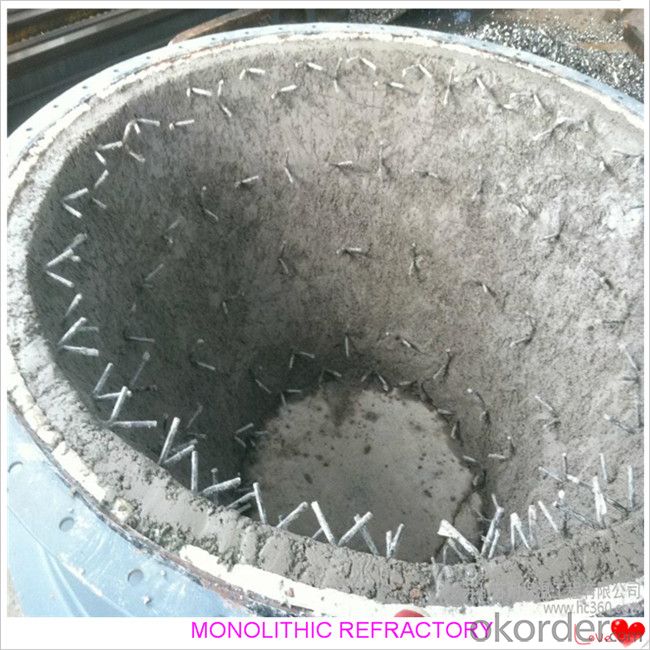
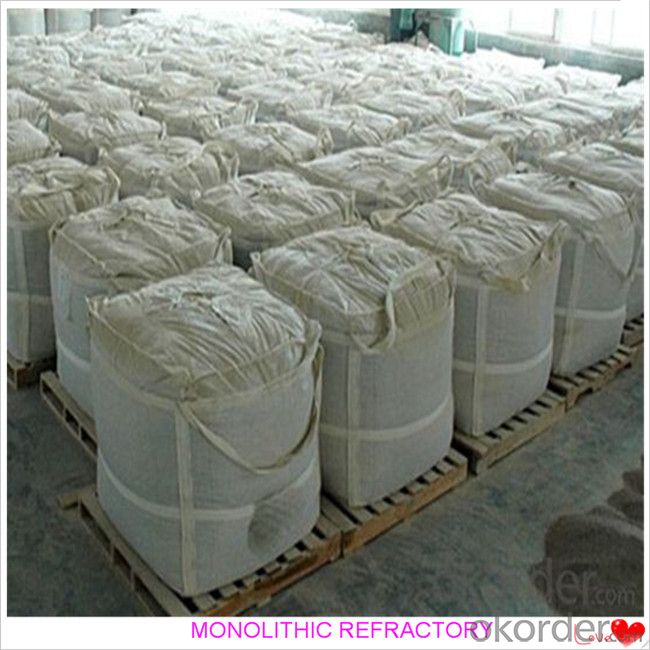
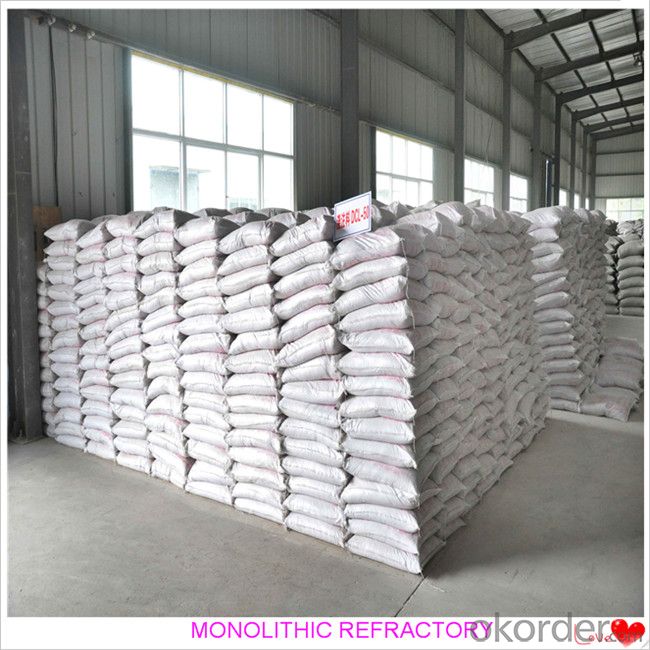
- Q: What are the common failure modes of monolithic refractories in iron and steel applications?
- The common failure modes of monolithic refractories in iron and steel applications include thermal spalling, erosion, chemical attack, and mechanical damage. Thermal spalling occurs when the refractories cannot withstand the extreme temperature changes, leading to cracking and flaking. Erosion occurs due to the abrasive nature of molten metal or slag, causing the refractory material to wear away. Chemical attack happens when the refractory reacts with the corrosive components of the molten metal or slag, leading to degradation. Mechanical damage can occur from mechanical stress, such as thermal expansion or contraction, causing cracks or fractures in the refractory material.
- Q: What are the quality control measures for monolithic refractories in the iron and steel industry?
- In the iron and steel industry, the quality control measures for monolithic refractories are essential to ensure the efficiency and safety of the production process. These measures involve various inspections and tests throughout the manufacturing and installation stages. Firstly, the raw materials used for monolithic refractories undergo rigorous testing. This includes analyzing the chemical composition, particle size distribution, and impurity content. These tests ensure that the ingredients meet the required specifications and are suitable for the intended application. During the production process, quality control measures focus on monitoring the mixing and blending of the materials. This ensures a homogeneous mixture and avoids any inconsistencies in the final product. The density and viscosity of the refractory castables or plastics are also checked to maintain the desired physical properties. Once the monolithic refractories are manufactured, they undergo several tests to evaluate their performance characteristics. These tests can include determining the cold crushing strength, modulus of rupture, and thermal conductivity. These properties are critical to ensure the refractories can withstand the extreme temperatures and mechanical stress present in the iron and steel industry. In addition to laboratory testing, quality control measures involve on-site inspections during installation. This includes verifying the correct application techniques, such as proper vibration, curing, and drying procedures. It is important to ensure that the monolithic refractories are applied correctly to achieve optimal performance and longevity. Furthermore, regular sampling and monitoring of the refractories' performance during operation are carried out. This allows for the detection of any signs of degradation or wear, enabling proactive maintenance and replacement before any significant issues arise. Overall, the quality control measures for monolithic refractories in the iron and steel industry involve comprehensive testing, monitoring, and inspection procedures. These measures aim to guarantee the reliability, durability, and efficiency of the refractories, ultimately contributing to the smooth operation of the iron and steel production processes.
- Q: How do monolithic refractories perform in ladle lining applications in the iron and steel industry?
- Monolithic refractories are widely used in ladle lining applications in the iron and steel industry due to their excellent performance and durability. These refractories, which are made from a single material composition, offer numerous advantages over traditional brick linings. One of the key benefits of monolithic refractories in ladle lining applications is their superior resistance to thermal shock. Ladles in the iron and steel industry are subjected to extreme temperature fluctuations during the steelmaking process, including the pouring of molten metal and the subsequent cooling. Monolithic refractories are specifically designed to withstand these rapid temperature changes without cracking or spalling, ensuring the integrity of the ladle lining. In addition to thermal shock resistance, monolithic refractories also exhibit excellent resistance to chemical attack. Ladles in the iron and steel industry are exposed to highly corrosive molten metal and slag, which can degrade the lining materials over time. However, monolithic refractories are formulated with high-quality raw materials that offer exceptional chemical stability, preventing the erosion and penetration of corrosive substances. Furthermore, monolithic refractories provide superior mechanical strength compared to traditional brick linings. This is particularly important in ladle lining applications, as the lining needs to withstand the weight of the molten metal and the mechanical stresses associated with ladle handling and transportation. Monolithic refractories have excellent load-bearing capabilities, ensuring the structural integrity of the ladle lining even under heavy loads. Another advantage of monolithic refractories is their ease of installation. Unlike brick linings that require meticulous bricklaying, monolithic refractories can be installed using various techniques, such as gunning or casting, allowing for faster and more efficient lining repairs or replacements. This reduces downtime during ladle maintenance, leading to increased productivity and cost savings for iron and steel manufacturers. Overall, monolithic refractories perform exceptionally well in ladle lining applications in the iron and steel industry. Their resistance to thermal shock and chemical attack, superior mechanical strength, and ease of installation make them an ideal choice for ensuring the longevity and reliability of ladles in steelmaking operations.
- Q: How do monolithic refractories help in enhancing the durability of iron and steel furnaces?
- The durability of iron and steel furnaces is greatly improved by the use of monolithic refractories, which possess unique properties and characteristics. These materials are specifically designed to endure harsh conditions and extremely high temperatures, making them the ideal choice for lining furnaces. To begin with, monolithic refractories exhibit exceptional thermal resistance, enabling them to withstand extreme heat without compromising their structural integrity. With iron and steel furnaces operating at temperatures exceeding 2,000 degrees Celsius, traditional bricks or other materials would quickly succumb to such intense heat, necessitating frequent repairs and maintenance. Conversely, monolithic refractories are capable of enduring these extreme temperatures without deterioration, thereby enhancing the durability of the furnaces. Furthermore, monolithic refractories boast a high resistance to chemical attack. In the production of iron and steel, the materials being processed often contain impurities and aggressive chemicals that can react with the furnace lining, leading to corrosion and erosion over time. However, monolithic refractories possess a remarkable ability to resist chemical attack, ensuring that the lining remains intact and durable even in the presence of corrosive elements. In addition, monolithic refractories exhibit superior mechanical strength and abrasion resistance. The movement of raw materials, stirring of molten metal, and tapping of the furnace exert mechanical stress and cause abrasion on the lining. Consequently, the lining must withstand this constant wear and tear without cracking or breaking. Monolithic refractories possess exceptional mechanical strength and can resist abrasion, thereby guaranteeing the durability and functionality of the furnace for an extended period. Moreover, monolithic refractories offer outstanding thermal shock resistance. The lining of iron and steel furnaces experiences rapid temperature changes during various stages of production. These temperature fluctuations induce thermal stress and may result in cracks or spalling of the lining. However, monolithic refractories possess low thermal conductivity and can endure thermal shock, effectively preventing any damage to the furnace lining and enhancing its durability. In conclusion, monolithic refractories contribute significantly to the durability of iron and steel furnaces by providing excellent thermal resistance, high resistance to chemical attack, superior mechanical strength and abrasion resistance, as well as exceptional thermal shock resistance. These properties ensure the integrity of the furnace lining, enabling it to withstand extreme temperatures and resist the corrosive and abrasive nature of the materials being processed. Ultimately, this prolongs the lifespan of the furnace and reduces the necessity for frequent repairs or replacements.
- Q: What are the environmental considerations associated with monolithic refractories?
- The environmental considerations associated with monolithic refractories primarily revolve around their production and disposal. The manufacturing process of monolithic refractories involves high energy consumption and emissions, contributing to carbon dioxide and other greenhouse gas emissions. Additionally, some raw materials used in their production, such as silica, can have negative environmental impacts during extraction. In terms of disposal, monolithic refractories are typically difficult to recycle due to their composition and structure. As a result, they often end up in landfills, which can contribute to pollution and waste management issues. Overall, the environmental considerations associated with monolithic refractories highlight the need for sustainable manufacturing practices, improved waste management strategies, and the development of alternative refractory materials that have less negative environmental impact.
- Q: How can the lifespan of monolithic refractories be extended?
- There are several measures that can be taken to extend the lifespan of monolithic refractories. To begin with, it is essential to ensure their proper installation. This involves following the guidelines provided by the manufacturer, using appropriate equipment and techniques, and ensuring correct curing and drying processes. By installing them correctly, the monolithic refractories become better equipped to withstand thermal stresses and chemical attacks, thus prolonging their lifespan. Regular maintenance is also crucial in extending the lifespan of monolithic refractories. This includes conducting routine inspections to identify any signs of wear, erosion, or cracking. Timely repairs or replacements should be carried out to prevent further damage. Moreover, applying protective coatings or sealants can help reduce erosion and chemical attacks, thereby enhancing the refractories' longevity. Another important aspect is implementing effective operating practices. This involves maintaining optimal operating conditions, such as controlling temperature fluctuations, to minimize thermal shocks and reduce the risk of spalling or cracking. Proper material selection is also key, as using refractories specifically designed for the intended application can increase their resistance to chemical attacks and extend their lifespan. Furthermore, ensuring proper handling and storage of monolithic refractories is essential. They should be stored in a dry, clean environment, away from moisture and extreme temperatures, to prevent premature degradation. Careful handling should be exercised, avoiding excessive impact or rough treatment that could cause damage. Lastly, it is beneficial to seek guidance from experienced professionals or consult refractory suppliers. Their expertise can provide valuable insights and guidance on best practices for extending the lifespan of monolithic refractories. By making informed decisions regarding installation, maintenance, and operating practices, the refractories' lifespan can be maximized and their performance optimized.
- Q: How do monolithic refractories mitigate heat loss in iron and steel operations?
- Monolithic refractories are highly effective in mitigating heat loss in iron and steel operations due to their unique properties and composition. These refractories are made from a single, continuous material, making them resistant to cracks and gaps that could allow heat to escape. One key advantage of monolithic refractories is their excellent thermal conductivity and insulation properties. They have a low thermal conductivity, which means they can effectively restrict the transfer of heat from the hot areas to the cooler surroundings. This insulation property helps maintain high temperatures within the iron and steel operations, reducing heat loss to the environment. Another factor that contributes to the heat loss mitigation is the ability of monolithic refractories to form a tight seal with the metal structures they are applied to. They adhere well to the surfaces and fill in any gaps or irregularities, creating a solid barrier against heat loss. This seal minimizes the possibility of heat escaping, ensuring that the energy generated within the operations is effectively utilized. Furthermore, monolithic refractories have high resistance to thermal shock. In the iron and steel industry, extreme temperature fluctuations are common, which can lead to material deterioration and cracks. Monolithic refractories, with their high thermal shock resistance, are able to withstand these rapid temperature changes without compromising their structural integrity. This ensures the longevity and effectiveness of the refractories in mitigating heat loss. Overall, monolithic refractories play a crucial role in mitigating heat loss in iron and steel operations by providing excellent insulation, forming a tight seal, and withstanding thermal shock. These properties allow the refractories to maintain high temperatures within the operations, optimize energy utilization, and enhance the overall efficiency of the processes.
- Q: What are the typical compositions of monolithic refractories?
- The typical compositions of monolithic refractories include high alumina, fireclay, silica, magnesia, and carbon-based materials. These compositions are combined with binders, additives, and aggregates to form the monolithic refractory materials.
- Q: How do monolithic refractories withstand the mechanical impacts in ladle lip applications?
- Monolithic refractories are able to withstand mechanical impacts in ladle lip applications due to their high density, strength, and resistance to thermal shock. These refractories are designed to have excellent impact resistance, preventing any cracks or fractures from occurring when the ladle is being handled or poured. Additionally, they have a high refractoriness, ensuring that they can withstand the extreme temperatures experienced during the metal pouring process.
- Q: How do monolithic refractories improve energy efficiency in the iron and steel industry?
- Monolithic refractories play a crucial role in improving energy efficiency in the iron and steel industry through various mechanisms. Firstly, these refractories have excellent insulation properties, which help in reducing heat loss during the production process. By minimizing heat loss, monolithic refractories ensure that more heat is retained within the furnace, resulting in higher energy efficiency. Moreover, monolithic refractories have low thermal conductivity, allowing for better heat transfer within the furnace. This means that the heat generated during the production process can be efficiently distributed throughout the furnace, enabling optimal temperature control and reducing energy wastage. In addition, monolithic refractories have high resistance to thermal shock and corrosion, which are common challenges in the iron and steel industry. By withstanding extreme temperatures and chemical reactions, these refractories prevent premature wear and tear, thus reducing the need for frequent repairs and replacements. This not only saves energy but also minimizes downtime, leading to increased productivity and energy efficiency. Furthermore, the use of monolithic refractories allows for better furnace design and optimization. Their flexibility enables the creation of custom shapes and linings that suit specific furnace requirements, resulting in improved heat transfer and combustion efficiency. This customized approach promotes energy savings by maximizing the utilization of fuel and reducing emissions. Lastly, monolithic refractories have a longer lifespan compared to traditional brick refractories. This prolonged durability reduces the frequency of refractory replacements, resulting in lower energy consumption associated with the manufacturing and installation of new refractories. Overall, monolithic refractories contribute significantly to energy efficiency in the iron and steel industry by reducing heat loss, improving heat transfer, withstanding thermal shock and corrosion, enabling better furnace design, and increasing refractory lifespan. Their use not only saves energy but also enhances productivity and sustainability within the industry.
Send your message to us
Monolithic Refractories for Iron and Steel Industry - Mullite Castable for Fireside and Industrial Furnace
- Loading Port:
- China main port
- Payment Terms:
- TT OR LC
- Min Order Qty:
- 1000 kg
- Supply Capability:
- 3000000 kg/month
OKorder Service Pledge
OKorder Financial Service
Similar products
Hot products
Hot Searches
Related keywords
